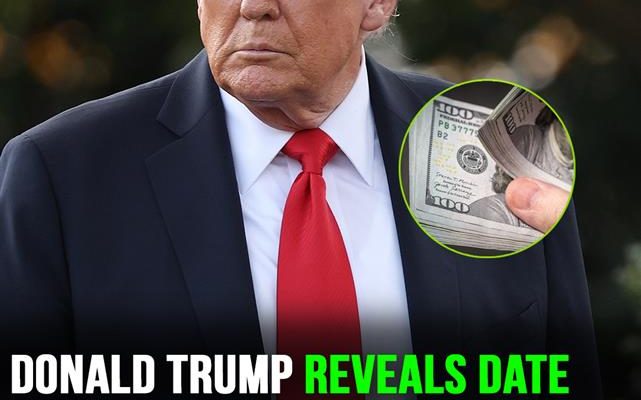Trump’s $2,000 Dividend Promise Faces Legal, Financial Hurdles
It pays to be cautious when Donald Trump makes a promise. The current president has long been known for ambitious—and sometimes exaggerated—pledges, both before and during his time in office, many of which have yet to materialize.
One promise, however, could carry significant weight: Trump’s recent pledge to pay nearly all Americans a $2,000 dividend.
According to Trump, the funds would be sourced from revenue generated by his controversial tariff program. The proposed payments would exclude high-income earners, with Trump touting the plan as a way to reward everyday Americans while bolstering domestic investment.
Writing on Truth Social last week, Trump proclaimed: “People that are against Tariffs are FOOLS! With Almost No Inflation, and A Record Stock Market Price. 401k’s are Highest EVER. We are taking in Trillions of Dollars and will soon begin paying down our ENORMOUS DEBT, $37 Trillion. Record Investment in the USA, plants and factories going up all over the place.”
He added: “A dividend of at least $2000 a person (not including high income people!) will be paid to everyone.”
The post, however, provided no clear timeline for the payments, nor did it define eligibility criteria beyond excluding “high-income” individuals.
Skepticism quickly emerged. Analysts highlighted two major hurdles to implementing the $2,000 dividend.
The first is cost. Depending on eligibility—particularly whether children would be included—the program could require between $300 billion and $513 billion in federal spending. Economist Erica York noted: “If the cutoff is $100,000, 150M adults would qualify, for a cost near $300 billion. … Adjusting for that, tariffs have raised $90 billion of net revenues compared to Trump’s proposed $300 billion rebate.”
The second challenge lies in the legality of the tariffs themselves. Any funds for the proposed dividend would come from tariff revenues, but the president’s use of emergency-powers law to implement the tariffs is under legal scrutiny. The Supreme Court recently heard arguments challenging the approach, following three lower courts that ruled it illegal. If the tariffs are struck down, any associated dividend program would effectively vanish.
Despite these obstacles, Trump indicated late last week that payments could be delayed until 2026. “It will be next year… The tariffs allow us to give a dividend. We’re going to do a dividend and we’re also going to be reducing debt,” he told reporters aboard Air Force One, according to The New York Post.
Treasury Secretary Scott Bessent, when asked about the plan during an interview with Fox Business, offered a more measured response: “We will see. We need legislation for that.”
Trump’s history of unfulfilled promises—from sweeping policy changes to major infrastructure projects—suggests that this pledge may face similar scrutiny. But there is a key difference: a $2,000 dividend is concrete, direct, and highly personal. Unlike abstract initiatives, it’s the kind of promise that voters are unlikely to forget if it goes unmet.
The coming months will reveal whether this latest pledge moves from rhetoric to reality—or joins the long list of presidential promises yet to be fulfilled.


